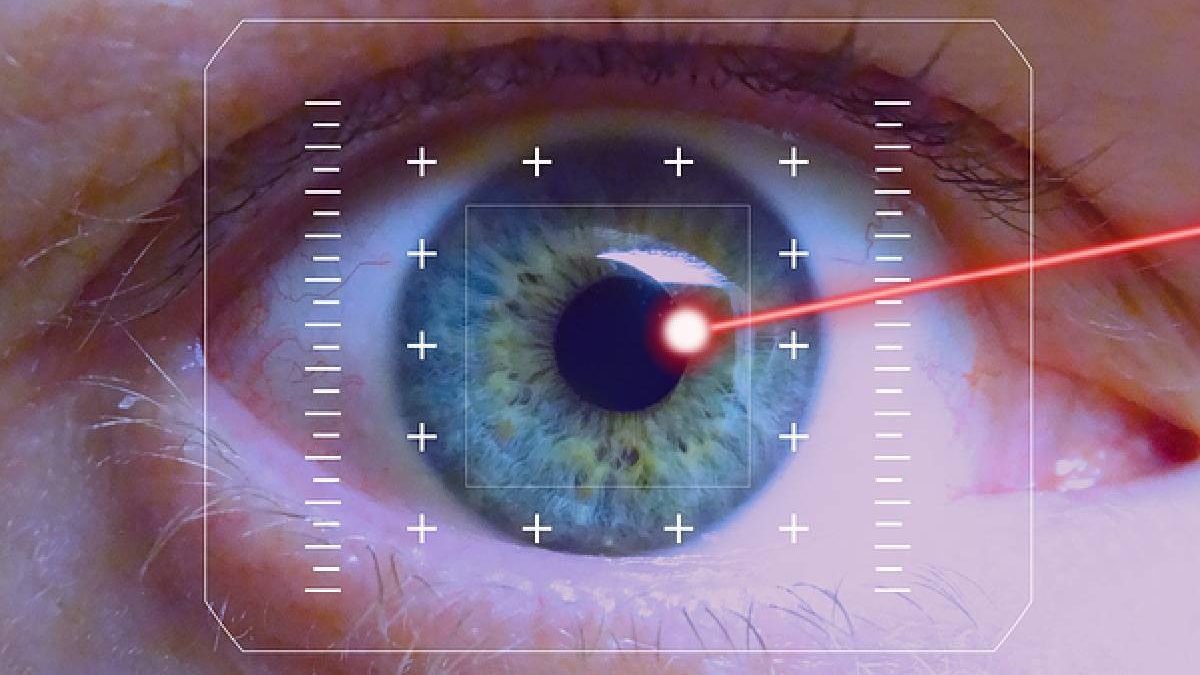There is a lot of chatter around LASIK these days, so what is this surgical procedure? LASIK stands for Laser In Situ Keratomileusis. This process deploys a laser underneath the cornea of the eye to reshape the cornea. Eye surgeons use the excimer laser to conduct LASIK surgery. This operation is meant for one of the following objectives:
1. Removing refractive errors
2. Improving eye vision
3. Eliminating the need for glasses

LASIK surgery is a safe procedure, and so far, more than 500,000 Australians have opted for it. However, it is wise to understand the pros and cons of this surgical procedure. Please read on.
Table of Contents
Benefits:
We can think of at least 5 top benefits of going in for LASIK. These are:
Improved vision
According to recent studies, 90% of all people who opted for LASIK gained 20/40 vision while 80% gained 20/20 sight. It is a universally accepted fact that after outpatient surgery, patients get enhanced vision.
Long-lasting results
Again, it is a fact that patients who underwent LASIK have had long-term or permanent effects. However, please note that in cases where the eye was under or over-repaired, this condition may not hold.
Post this surgery; your eyes might take three months to stabilize.
Having LASIK surgery doesn’t mean that aging or illness won’t affect your eyes. To understand further on LASIK, click here.
Quick results
Most eye surgeons believe that patients should be able to join work just a day after their surgery. However, if your workplace is dirty or dusty, we’d recommend you tidy things up before returning to work.
Cost-effective
If you are wearing contacts, we estimate you would be paying roughly $200-annually. This cost can be reduced if you go in for LASIK. No doubt, the price of the surgical procedure is very high, but you also take care of your time and other associated costs. Plus, you don’t have to consult a doctor every time you want to get a new pair of contacts.
Say goodbye to glasses
If you are tired of carrying your reading glasses everywhere you go, it might be a good idea to have LASIK. Post this operation; you don’t need to wear any glasses at all. You can now put on any shades that you like in the market without bothering about power and other variables.
Now let’s look at the disadvantages of going for LASIK:
Dry eyes
After the surgical procedure, you might get dry eyes. You may not get the required volume of tears to moisten your eyes. In such a scenario, please consult a doctor; he might install some plugs in your tear ducts to do the needful. You might experience dry eyes for six months or so.
Glare and halos
After surgery, you might experience glares, halos, and double vision, particularly at dusk or in foggy conditions. This situation might last for a few days after your surgery. At first, you might think that your image has deteriorated after LASIK.
Under and Over Corrections
In some cases, your surgeon might remove less tissue from your eye during surgery. This is called Under Correction and is a significant cause of repeating or frequent LASIK surgeries. Over Correction happens when more tissues than required get removed from the surface of the eye. This also results in repetitive surgeries.
Regression
Some patients have reported that their vision has regressed to previous levels after LASIK. This is an uncommon occurrence, though.
Astigmatism
Uneven removal of tissues may lead to another problem called astigmatism.

